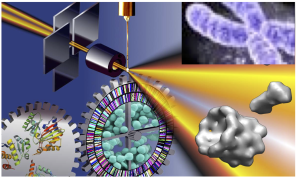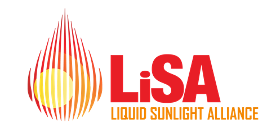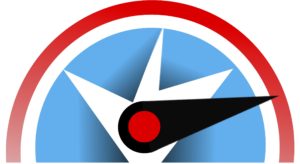
ALS-ENABLE
The ALS-ENABLE program at the Advanced Light Source (ALS) at Lawrence Berkeley National Laboratory (Berkeley Lab) integrates existing synchrotron structural biology resources to better serve researchers. The scientists in this center will guide users through the most appropriate routes for answering their specific biological questions.
Berkeley Center for Structural Biology
The Berkeley Center for Structural Biology (BCSB) is located atBerkeley Lab’s ALS. The Center runs five beamlines optimized for macromolecular protein crystallography.
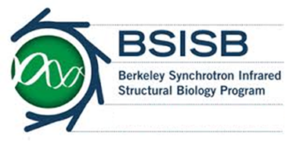
The Berkeley Synchrotron Infrared Structural Biology Imaging Program
http://bsisb.lbl.gov/wordpress
BSISB develops state-of-the-art infrared instrumentation and techniques for characterizing and imaging interactions among plants, microbes, and the environment.
Center for Functional Imaging
The Functional Imaging Department at the Lawrence Berkeley National Laboratory is involved in developing advanced positron emission tomography (PET), single photon emission computed tomography (SPECT), and nuclear magnetic resonance imaging (MRI) systems with capabilities beyond those currently envisioned for commercial implementation.
Computational Crystallography Initiative (CCI)
CCI develops new computational algorithms and tools for structural biology, in particular automated macromolecular crystallography, neutron crystallography, free electron laser data processing, and methods for automated diffraction data analysis.
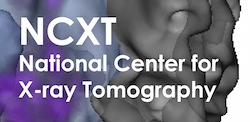 National Center for X-ray Tomography
National Center for X-ray Tomography
The National Center for X-ray Tomography (NCXT) is a joint effort between the University of California, San Francisco, and Lawrence Berkeley National Laboratory to establish an X-ray microscope to perform “CAT scans” of biological cells and develop other capabilities for cell and molecular biology studies.
The SIBYLS beamline (12.3.1) of the Advanced Light Source at Lawrence Berkeley National Laboratory, supported by the US Department of Energy and the National Institutes of Health, is optimized for both small-angle X-ray scattering (SAXS) and macromolecular crystallography (MX), making it unique among the world’s mostly SAXS or MX dedicated beamlines.
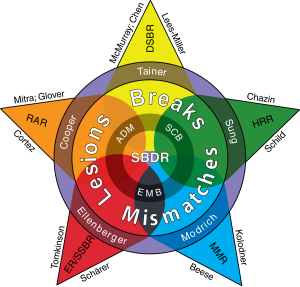 Structural Cell Biology of DNA Repair Machines (SBDR)
Structural Cell Biology of DNA Repair Machines (SBDR)
The Structural Cell Biology of DNA Repair Machines (SBDR) is a multi-investigator, multi-institutional, interdisciplinary effort optimized to meet the extreme challenges of characterizing transient complexes and conformations acting in DNA repair (DR) responses. The program will integrate knowledge of DR proteins and pathways by analyzing keystone complexes functioning as regulatory nodes in complex cellular responses to DNA damage. For more information about SBDR, please contact Susan Tsutakawa.
External Programs
 The Center for Advanced Mathematics for Energy Research Applications (CAMERA)
The Center for Advanced Mathematics for Energy Research Applications (CAMERA)
CAMERA is a coordinated team of applied mathematicians, computer scientists, light scientists, materials scientists, and computational chemists focused on targeted science problems, with initial involvements aimed at the Advanced Light Source (ALS), Molecular Foundry, and National Center for Electron Microscopy (NCEM). The goal is to accelerate the transfer of new mathematical ideas to experimental science.
http://liquidsunlightalliance.org/
The Liquid Sunlight Alliance (LiSA) has the mission of directly producing liquid fuels by artificial photosynthesis, using only sunlight and components of air: water, carbon dioxide, and nitrogen. LiSA focuses on establishing the science principles by which coupled microenvironments used for catalysis, transport, and light capture can be co-designed to achieve high efficiency and selectivity for the desired products.

